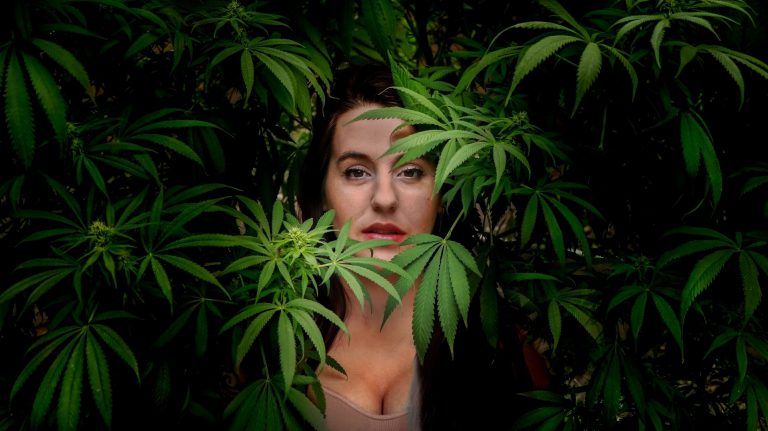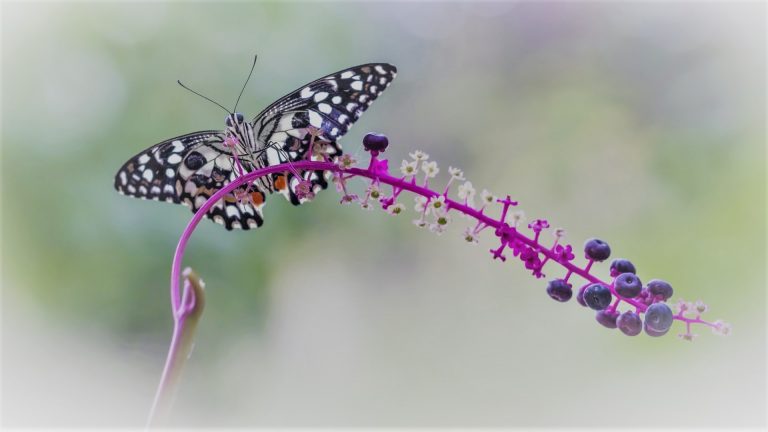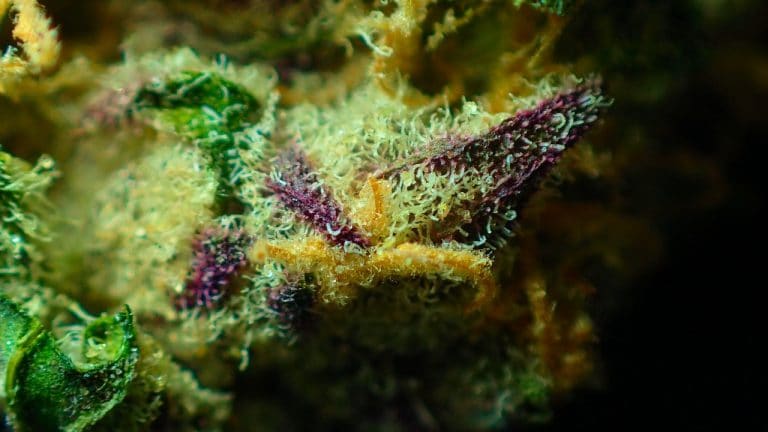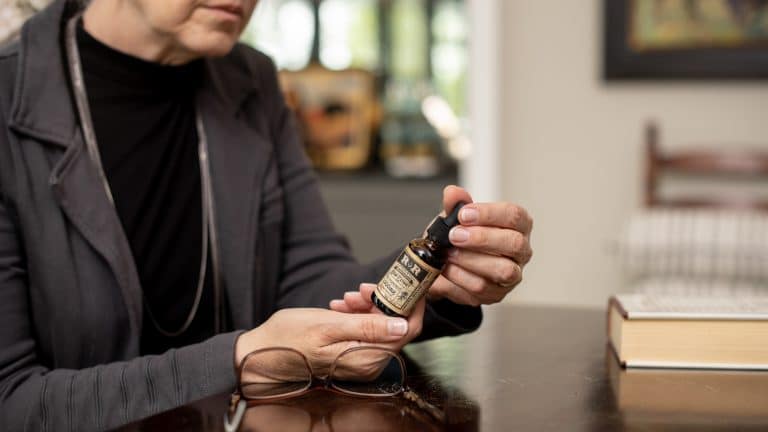34 Helpful Anxiety Statistics to Aid Your Battle in 2024
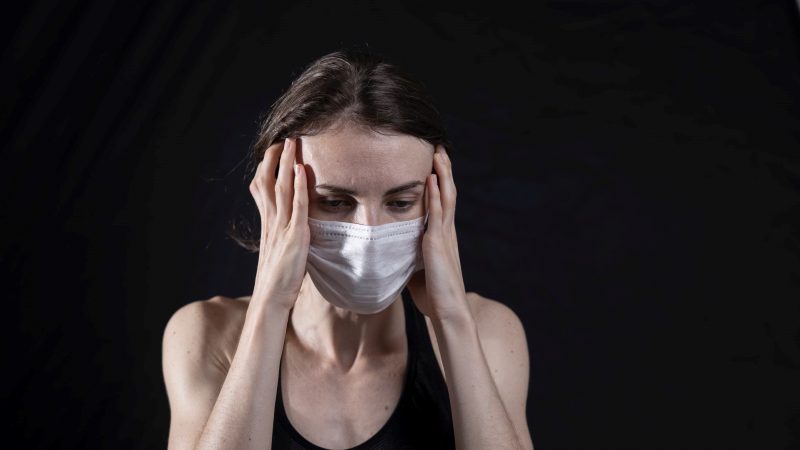
Even without detailed research, we can all vouch for the fact that anxiety levels have increased. Anxiety statistics contain some shocking figures not just about Covid19 and its infamous impact, but how many people get the right treatment.
Before we go into such details, we’re going to show you some basic facts and stats on anxiety that should be common knowledge, yet most of us are unaware of. Them. Here are the top ten for the year ahead.
Most Interesting Anxiety Statistics for 2024
- Only 36.9% of Americans diagnosed with anxiety deal with the disorder in the right way.
- Anxiety is the most common mental health disorder worldwide.
- Women tend to suffer from anxiety more often than men.
- One in 40 Americans has some kind of OCD (Obsessive Compulsive Disorder).
- About $42 billion were spent on anxiety disorders in the US every year.
- Medical marijuana may decrease but also increase anxiety.
- COVID-19 had a deep impact on 59% of Americans and their mental health.
- North America is currently leading on the list of most depressive and stressed countries due to the pandemic.
- About 8% of children and teenagers are struggling with some kind of anxiety disorder.
- 35 states and D.C. allow for medical marijuana to help with anxiety.
Basic Anxiety Statistics and Facts
Unlike melancholia (the name used for depression in the past) and mood disorders that were known from the ancient times, anxiety is a relatively “new“ disorder because it finally got recognized in the 19th century.
1. Anxiety is a psychological, physiological, and behavioral disorder characterized by extreme concern about one’s well-being for rational or irrational reasons.
(NCBI)
What is anxiety doing to us does not refer only to emotional stress, but it can have physical consequences as well. The feeling of extreme anxiety can make us change our behavior for the worse, or even develop another illness.
2. Anxiety disorder statistics show 18.1% of Americans struggle with an anxiety disorder.
(ADAA)
Not only is anxiety frequent among Americans, but it also affects almost 40 million people each year.
3. Only 36.9% of Americans diagnosed with anxiety deal with the disorder in the right way.
(ADAA)
Despite the fact that some anxiety disorders can be easily treatable, the majority do not take any steps to deal with them in a proper way. They either do not recognize the seriousness of the situation or have qualms about the environment’s reaction.
4. World mental health statistics place the US in the third place when it comes to the biggest burden of anxiety disorders.
(World Population Review)
The situation is the same when it comes to depression, while China and India are in the top two, respectively. The US is also in the top three countries regarding the number of schizophrenia and bipolar disorder cases.
5. Anxiety is the most common mental health disorder worldwide.
(Single care)
Anxiety statistics worldwide show us that around 284 million people are suffering from it, but not all of them are aware they have the disorder and remain undiagnosed.
6. Depression statistics confirm that about half of all Americans dealing with the disease also suffer from some form of anxiety.
(DoSomething)
Once more it has been confirmed that depression and anxiety go hand in hand. Nevertheless, they are not to be equaled.
7. About 7% of children aged 3-17 battle with anxiety issues on a yearly basis.
(NAMI) (DoSomething)
Most people develop some kind of anxiety before they turn 21. It tends to affect their success at school and may lead to fewer job prospects eventually.
8. Anxiety statistics from 2020 show that about $42 billion were spent on anxiety disorders in the US every year.
(Anxiety Centre)
That means one-third of all the money spent on mental illnesses such as schizophrenia etc. ($148 billion) is used to treat anxiety.
9. Women tend to suffer from anxiety more often than men.
(NCBI) (The Conversation)
Women have a higher probability of developing anxiety disorders than men unless we consider social anxiety, in which case there is no gender disparity. This is probably due to hormonal changes women experience more frequently than men.
10. Statistics on anxiety show the sufferers visit the doctor’s office up to five times more often than those who don’t have the disorder.
(ADAA)
Those dealing with anxiety also have six times bigger chances of ending up at the psychiatric disorders department.
Most Common Types of Anxiety
There are several different forms of anxiety you should know about which are characterized by different symptoms.
11. Women are two times more likely to suffer from generalized anxiety disorder (GAD) than men.
(Healthline)
According to generalized anxiety disorder statistics, people diagnosed with GAD worry excessively about everyday things. Some of the symptoms are sweating, muscle tension, trembling, tiredness, nausea, and a constant feeling of dread.
12. 6.8 million adult Americans are suffering from GAD.
(ADAA) (SingleCare)
This makes up 3.1% of the US population. It can appear at any time in life, though the riskiest period is between childhood and middle age.
13. One in 40 Americans has some kind of OCD (Obsessive Compulsive Disorder).
(BeyondOCD) (SingleCare)
OCD statistics report the ratio for children, in this case, is one in 100. The research implies some changes in the brain may be the reason for the illness.
14. According to one study, OCD ranks very high on the list of disabling illnesses.
(BeyondOCD)
If you know that only bipolar disorder and drug addiction come before OCD, then you can understand how serious the issue is. Even moderate OCD cases show dysfunction equalling severe cases of some other mental disorders.
15. Anxiety statistics tell us the most common age to develop the panic disorder (PD) is between 20-24 years old.
(MentalHealth)
College years can clearly be stressful for some people. A negligible number of cases occurs in childhood or late adulthood.
16. A person experiencing a panic attack does not necessarily suffer from panic disorder.
(Mayo Clinic)
A person struggling with panic disorder has a number of symptoms apart from panic attack episodes. Besides the frequency of panic attacks, other symptoms include constant agitation that the attack is going to repeat itself or the fear of losing control.
17. A panic attack can look and feel like a heart attack.
(MentalHealth)
One of the most important facts about anxiety to know is that even though in both cases a person feels extreme chest pain, they are completely different. For example, a heart attack can be caused by exercise, whereas a panic attack usually does not occur after extensive training.
18. 1 in 13 Americans will go through PTSD (posttraumatic stress disorder) at least once in their lives.
(SingleCare)
All things considered, this is a small percentage compared to the number of people who have endured trauma.
19. US stats on psychological disorders show 10% of women develop PTSD at some point, compared to 4% of men.
(US Department of Veterans Affairs) (SingleCare)
Anxiety disorders stats also show us that trauma triggers can differ. For example, child sexual abuse and sexual assault are more common in females, while men’s PTSD is usually caused by an accident, somebody’s death, or combat, among the others.
20. Symptoms of social anxiety disorder usually appear at the sensitive age of 13.
(WebMD)
Over 75% of Americans tend to develop a social anxiety disorder when they become teenagers. The reasons vary, though social anxiety statistics report people whose first-degree blood relatives have it, have higher chances of developing the disorder themselves.
21. On average, people with social anxiety wait for 10 years or more before they ask for professional help.
(HuffPost)
Over one-third of US citizens are reluctant to go to the doctor’s and get treatment, though they recognize the symptoms themselves.
Cannabis and Anxiety Statistics
Find out how cannabis affects people who suffer from anxiety. Can it help them deal with the stressors and the disorder, or does it make things even worse?
22. Medical marijuana may decrease but also increase anxiety.
(NCBI) (Science Direct) (VeryWellMind)
Studies show marijuana has contradicting effects – it can both provoke and diminish anxiety. People react differently to it. Those who do feel the benefits can pinpoint which CBD strains are especially good for them.
24. Millennials use CBD the most to fight stress and anxiety.
(Consumer Reports) (CBD Marketing)
Millennials represent one-third of all CBD consumers who use it to deal with these states, while Baby Boomers make up for only 12%.
25. Statistics about anxiety and various studies confirm CBD oil is an excellent anxiety disorder treatment.
(Depression Alliance)
CBD oil works very well for several types of disorders, including GAD, PTSD, and social anxiety. It seems that CBD helps hippocampal neurogenesis in the brain, an area that is usually smaller in patients dealing with anxiety and depression.
26. 35 states and D.C. allow for medical marijuana to help with anxiety.
(Healthline)
The rules and conditions vary across states.
27. What anxiety feels like with THC? THC lowers anxiety if it is taken in smaller doses.
(University of Washington)
On the other hand, it can also increase anxiety if taken in larger doses.
28. PTSD is most often treated with medical marijuana out of all the different types of anxiety.
(Leafly)
In most of the states we have outlined, you have to be diagnosed with PTSD to get approval to use some form of medical marijuana, while in a few others you are allowed to take it if the doctor deems your anxiety as a debilitating condition.
29. Anxiety statistics and studies show that marijuana decreases anxiety through its effect on our inner endocannabinoid system.
(IntechOpen)
Studies show that inhibition of signals in our ECB (endocannabinoid system) adds to the feelings of anxiety and stress. Since marijuana cannabinoids react precisely with our ECB, the impact is natural and efficient.
30. Marijuana has fewer side effects compared to the most common medications for treating clinical anxiety.
(MedicalNewsToday) (NIDA)
While some of the typical drugs used for treating anxiety have hip fractures, sexual problems, and suicidal thoughts listed as their side effects, cannabis does not come even close to them.
Moreover, marijuana’s versatility allows for a vast array of products, dosage, as well as content (the ratio of THC and CBD can vary, some products are pure THC or CBD, and so on).
Covid-19 & Anxiety Statistics Worldwide 2020-2021
How did the global pandemic affect people that suffer from anxiety disorders?
31. COVID-19 has had a deep impact on 59% of Americans and their mental health with 48% of the population experiencing extreme anxiety.
(SingleCare)
According to one survey, 49% of Americans claim they feel overstressed, 48% people feel high anxiety, and 30%-35% of people feel lonely, isolated and depressed, due to the coronavirus pandemic. No wonder the sales of CBD pre-rolls and flowers, and cannabis in general showed a great increase.
32. The US is currently leading on the list of most anxious and stressed countries due to the pandemic.
(Statista)
33% of Americans reported feeling depressed and anxious due to COVID-19, followed by 26% of UK citizens, and 26% of Canadians. Norway is the last country on the top ten list, with 10% of upset citizens.
33. Anxiety statistics from Australia report that COVID-19 had the biggest impact on Generation Z.
(Roy Morgan)
The major lockdown affected the generation born from 1991-2006 the most, with 30.8% experiencing anxiety. Millennials are close behind with 30.6%, whereas Generation X was a tad more at peace with 28.2%.
34. In the UK, self-reported anxiety levels were higher in 2020 than the previous year, especially in March.
(Nuffield Trust)
The anxiety levels increased by about 30% compared to the same period in 2019, anxiety statistics from the UK reveal. Quite a number sought relief in the purest CBD oil for anxiety.
Moreover, 10% of UK citizens reported severe symptoms of depression in March 2020. The number doubled in June to 19%. What’s more, UK psychiatrists reported that the number of routine appointments declined, as opposed to emergency calls which increased by 43%.
Conclusion
How to help anxiety sufferers is a matter of discussion, but stats and research about cannabis are quite positive regarding adults. Covid19 has introduced quite a few challenges to overall mental health, consequently causing a sharp increase in anxiety rates all over the world.
If anything, perhaps the year of the pandemic has brought more awareness to the fact that anxiety disorders should be recognized and treated on time. Unfortunately, this awareness came as a result of more people experiencing anxiety than before.
FAQs
What is anxiety and what are the statistics of anxiety?
Anxiety disorder is the number one mental illness in the US that affects about 18% of the country. People who suffer from some form of anxiety disorder can also be diagnosed with depression and vice versa.
Anxiety manifests itself through constant fear and stress and it can affect anyone at any time. From a gender perspective, women are more prone to develop some form of anxiety disorder than men.
What percentage of the world has anxiety?
13% of the world population suffers from some form of anxiety. Not only is this number disturbing, but we can also expect it will increase due to the global pandemic. There has been an increase in rates of anxiety, but the exact consequences remain to be acknowledged.
What age group has the highest rate of anxiety?
Anxiety is a disorder more and more found in children. In other words, 1% of children under 5, and 6% of children from 6-11 can suffer from some form of anxiety. These anxieties usually manifest through panic attacks, phobias, over attachment, or fear of public places.
Anxiety in children can be triggered by a traumatic experience like the death of a family member, school violence, aka bullying, or an unhealthy and stressful environment.
What percentage of females have anxiety?
There are many anxiety disorders in which men and women are equally concerned. However, regarding some anxiety types, like PTSD and MDD, women are generally more affected. Why?
There are many reasons that can contribute to this condition, from unequal household and family responsibilities, uneven financial disparities, to gender-based violence or hormonal changes. Plus, anxiety and depression are closely related to social insecurity.
Based on general anxiety statistics, we can say that about 8.42% of women and 4.76% of men suffer from anxiety disorders.
